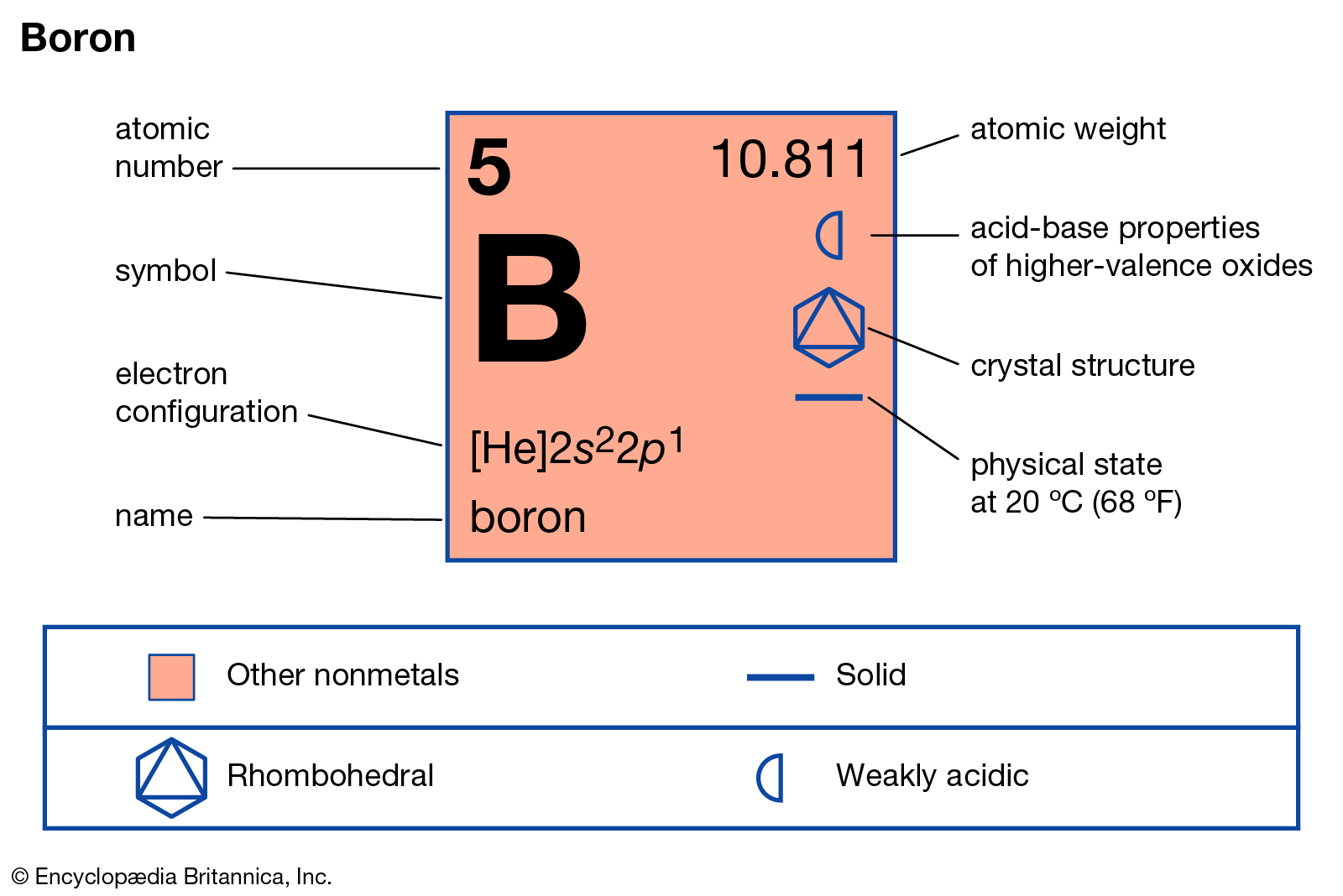Boron (B) is an essential microelement for higher plants, and its deficiency is widespread around the world and constrains the productivity of both agriculture and forestry.
Trees have a larger body size, longer lifespan and more B reserves than do herbaceous plants, indicating that woody species might undergo long-term or mild B deficiency more commonly and that regulation of B reserves helps trees cope with B deficiency.
Function of Boron (B)
Boron has synergies with calcium. It is critical for cell division and development, especially in the growing points of the shoots and roots.
Boron improves pollination, pollen viability, flowering and seed production. It is essential for photosynthesis due to its role in movement of sugars within the plant.
On animals, Boron helps to regulate Calcium release into blood and enables conversion of vitamin D in to active form, which facilitates Calcium absorption.
Boron deficiency
Boron-deficient trees usually exhibit two key visible symptoms:
1. Depression of growing points (root tip, bud, flower, and young leaf)
2. Deformity of organs (root, shoot, leaf, and fruit).
Other signs include hollow stems in broccoli and cauliflowers, poor seed production, crosswise cracking on celery stalks and cork in apples, both external and internal.
The symptoms are related to Boron’s functioning in the cell wall and membrane, and especially to damage to vascular tissues and the suppression of both B and water transport.
Boron deficiency affects metabolic processes and can be demonstrated as decreased leaf photosynthesis, and increased lignin and phenol content in trees. These negative effects will influence the quality and quantity of wood, fruit and other agricultural products.
B is an immobile element in the plant and therefore Boron deficiency isn’t uncommon.
Boron in the soil
Plant-available boron exists in soil normally as a neutral Boric Acid molecule. The source for this boron is mostly from decomposing organic matter in the soil.
If the organic matter in the soil is low, you need to apply more Boron in order to store nutrients.
Deficiencies occur both in long dry periods as well as in very we land. The most common for is soluble Boric Acid.
Boron inputs
Foliar
Soluble B (Dissolvabor/Solubor etc.) (22% B). Application 1-2 kg/ha, combined with fulvic acid.
Preflowering foliar application of Boron is a very efficient when combined with fulvic acid and humic acid.
Soil inputs
You can apply a dose once per year on orchards. Borax with 14% of B (max 25 kg/ha) or Calcium borate with 10% of Boron.
Boron as a chemical element
Boron is a chemical element with the symbol B and atomic number 5.
Elemental boron is a metalloid that is found in small amounts in meteoroids but chemically uncombined boron is not otherwise found naturally on Earth. Industrially, pure boron is produced with difficulty because of refractory contamination by carbon or other elements.




